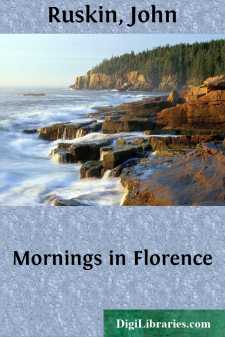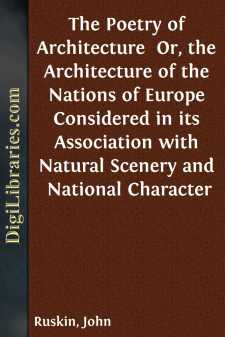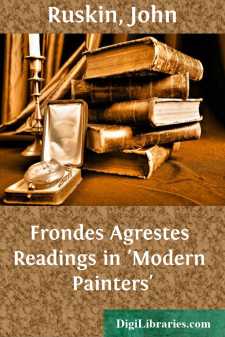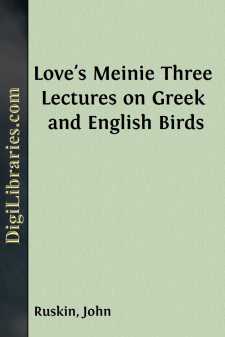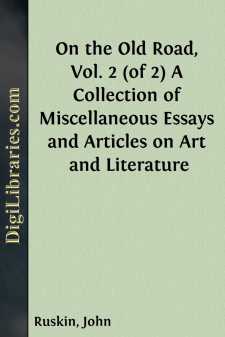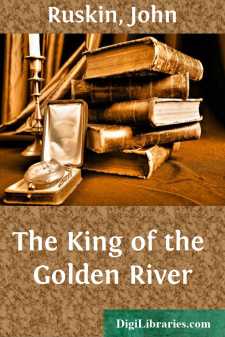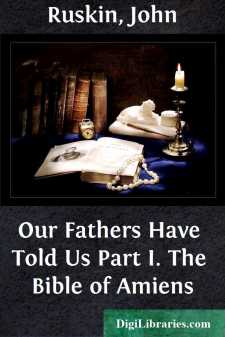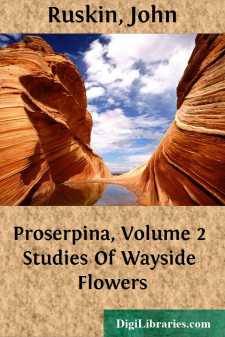Categories
- Antiques & Collectibles 13
- Architecture 36
- Art 48
- Bibles 22
- Biography & Autobiography 813
- Body, Mind & Spirit 142
- Business & Economics 28
- Children's Books 17
- Children's Fiction 14
- Computers 4
- Cooking 94
- Crafts & Hobbies 4
- Drama 346
- Education 46
- Family & Relationships 57
- Fiction 11829
- Games 19
- Gardening 17
- Health & Fitness 34
- History 1377
- House & Home 1
- Humor 147
- Juvenile Fiction 1873
- Juvenile Nonfiction 202
- Language Arts & Disciplines 88
- Law 16
- Literary Collections 686
- Literary Criticism 179
- Mathematics 13
- Medical 41
- Music 40
- Nature 179
- Non-Classifiable 1768
- Performing Arts 7
- Periodicals 1453
- Philosophy 64
- Photography 2
- Poetry 896
- Political Science 203
- Psychology 42
- Reference 154
- Religion 513
- Science 126
- Self-Help 84
- Social Science 81
- Sports & Recreation 34
- Study Aids 3
- Technology & Engineering 59
- Transportation 23
- Travel 463
- True Crime 29
Mornings in Florence
by: John Ruskin
Description:
Excerpt
THE FIRST MORNING. SANTA CROCE.
If there is one artist, more than another, whose work it is desirable that you should examine in Florence, supposing that you care for old art at all, it is Giotto. You can, indeed, also see work of his at Assisi; but it is not likely you will stop there, to any purpose. At Padua there is much; but only of one period. At Florence, which is his birthplace, you can see pictures by him of every date, and every kind. But you had surely better see, first, what is of his best time and of the best kind. He painted very small pictures and very large—painted from the age of twelve to sixty—painted some subjects carelessly which he had little interest in—some carefully with all his heart. You would surely like, and it would certainly be wise, to see him first in his strong and earnest work,—to see a painting by him, if possible, of large size, and wrought with his full strength, and of a subject pleasing to him. And if it were, also, a subject interesting to yourself,—better still.
Now, if indeed you are interested in old art, you cannot but know the power of the thirteenth century. You know that the character of it was concentrated in, and to the full expressed by, its best king, St. Louis. You know St. Louis was a Franciscan, and that the Franciscans, for whom Giotto was continually painting under Dante's advice, were prouder of him than of any other of their royal brethren or sisters. If Giotto ever would imagine anybody with care and delight, it would be St. Louis, if it chanced that anywhere he had St. Louis to paint.
Also, you know that he was appointed to build the Campanile of the Duomo, because he was then the best master of sculpture, painting, and architecture in Florence, and supposed to be without superior in the world. [Footnote: "Cum in universe orbe non reperiri dicatur quenquam qui sufficientior sit in his et aliis multis artibus magistro Giotto Bondonis de Florentia, pictore, et accipiendus sit in patriâ, velut magnus magister."—(Decree of his appointment, quoted by Lord Lindsay, vol. ii., p. 247.)]
And that this commission was given him late in life, (of course he could not have designed the Campanile when he was a boy;) so therefore, if you find any of his figures painted under pure campanile architecture, and the architecture by his hand, you know, without other evidence, that the painting must be of his strongest time.
So if one wanted to find anything of his to begin with, especially, and could choose what it should be, one would say, "A fresco, life size, with campanile architecture behind it, painted in an important place; and if one might choose one's subject, perhaps the most interesting saint of all saints—for him to do for us—would be St. Louis."
Wait then for an entirely bright morning; rise with the sun, and go to Santa Croce, with a good opera-glass in your pocket, with which you shall for once, at any rate, see an opus; and, if you have time, several opera. Walk straight to the chapel on the right of the choir ("k" in your Murray's guide)....


